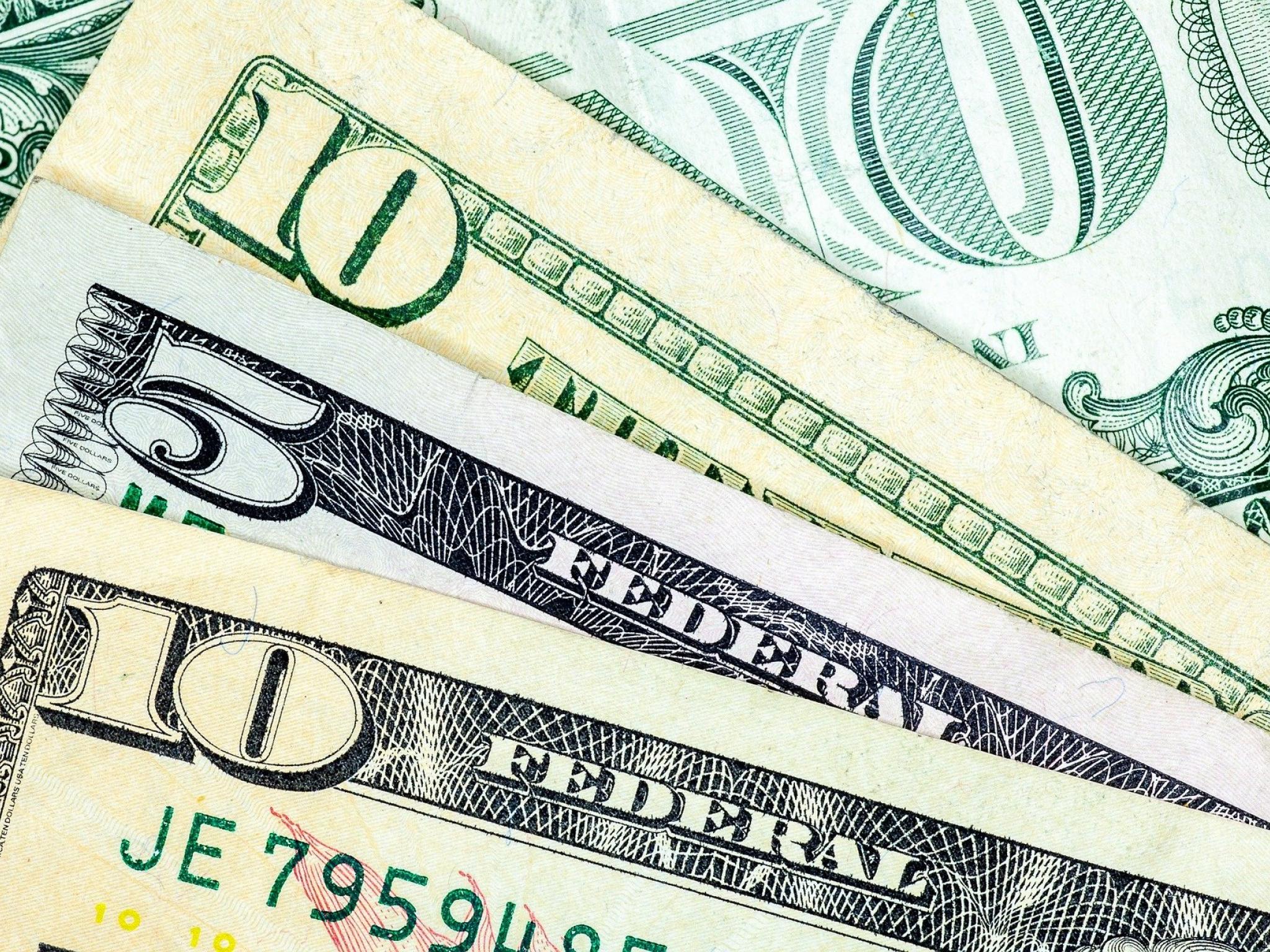
Each day, Benzinga takes a look back at a notable market-related moment that occurred on this date.
What Happened? On Feb. 25, 1862, U.S. President Abraham Lincoln signed the Legal Tender Act into law.
Where The Market Was: The Legal Tender Act predates both the S&P 500 and the Dow Jones Industrial Average.
What Else Was Going On In The World? In 1862, the U.S. began construction of the Central Pacific Railroad. The Confederacy won the second Battle of Bull Run in Manassas, Virginia. A dozen eggs cost 20 cents.
US Switches From Gold To Paper: The Legal Tender Act was a major milestone in the history of the U.S. economy. The law paved the way for the federal government to finance the Civil War by printing paper money rather than using gold and silver.
The Confederacy began printing paper money as soon as it seceded from the U.S., and the federal government joined in early 1862. The Legal Tender Act allowed the federal government to print up to $150 million in paper money not backed by gold or silver. At the time, there were plenty of economists who were skeptical of paper money and believed printing paper money could put the entire U.S. financial infrastructure at risk.
The printed bills were called greenbacks, and their status as legal tender meant creditors must accept them at face value. The money printing worked much better than expected, helping the U.S. government fund the war and helping to stimulate the Union’s economy. By the end of the Civil War, the federal government had printed nearly $500 million in greenbacks.







